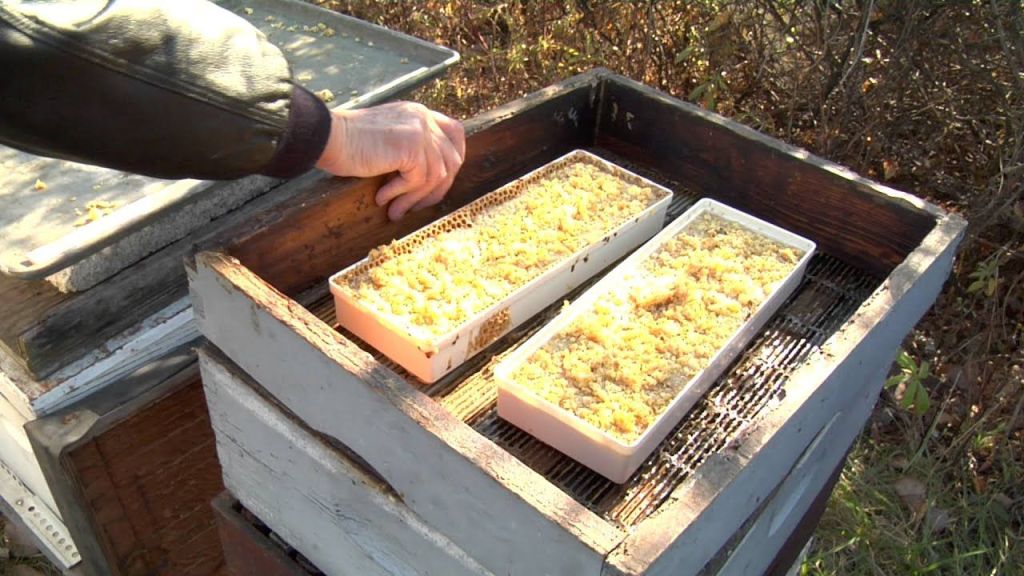Winter Hive Maintenance: Tips for Keeping Your Bees Happy and Healthy
As winter approaches, it’s important to prepare your beehives for the colder months ahead. Proper hive maintenance during this time is crucial to ensure the well-being of your bees and increase their chances of survival until spring. Here are some essential tips to help you keep your bees happy and healthy through the winter season.
1. Insulate the hives: Bees need a warm and dry environment to survive in winter. Insulating your hives can help regulate temperature and prevent condensation buildup, which can lead to mold growth or even death of the colony. Consider using insulation boards or wrapping the hives with insulating materials like burlap or bubble wrap.
2. Reduce entrances: As temperatures drop, it’s important to minimize drafts inside the hive. Reduce the size of hive entrances using entrance reducers or mouse guards to prevent cold air from entering while still allowing adequate ventilation for proper airflow.
3. Monitor food stores: During winter, bees rely on their honey reserves as their primary food source since there are no flowers available for them to gather nectar from. Check that each hive has enough honey stores by lifting up each frame and assessing its weight. If necessary, provide supplemental feeding with sugar syrup or fondant cakes.
4. Protect against pests: Winter provides an opportunity for mites, beetles, and other pests to attack weak bee colonies when they are most vulnerable. Treat your hives with appropriate pesticides before winter sets in but ensure they are safe for both bees and beekeepers.
5. Avoid unnecessary disturbances: Once winter arrives, avoid opening up your beehives unless absolutely necessary. Frequent disturbances can cause stress among the bees and disrupt their cluster formation – a vital mechanism they use to generate heat within the hive during cold weather.
6. Monitor moisture levels: Condensation can build up inside hives during winter due to temperature fluctuations. Excessive moisture can lead to mold growth and compromise the health of your bees. Use moisture-absorbing materials like wood shavings or dry leaves on top of the frames to help absorb excess moisture.
7. Consider windbreaks: If your hives are exposed to strong winds, consider installing windbreaks around them. This can help protect the hives from harsh winter winds and reduce heat loss.
8. Educate yourself: Continuously educate yourself about best practices for winter hive maintenance by attending workshops, joining beekeeping associations, or reading books written by seasoned beekeepers. Learning from experienced individuals will provide you with valuable insights and techniques to keep your bees thriving throughout winter.
By following these tips, you’ll be well-prepared to face the challenges that winter presents for beekeeping. Remember that each hive is unique, so it’s important to monitor their specific needs closely during this critical time of year. With proper care and attention, you’ll increase the chances of having healthy colonies when spring arrives – ensuring a successful season ahead for both you and your buzzing friends!


Leave a comment